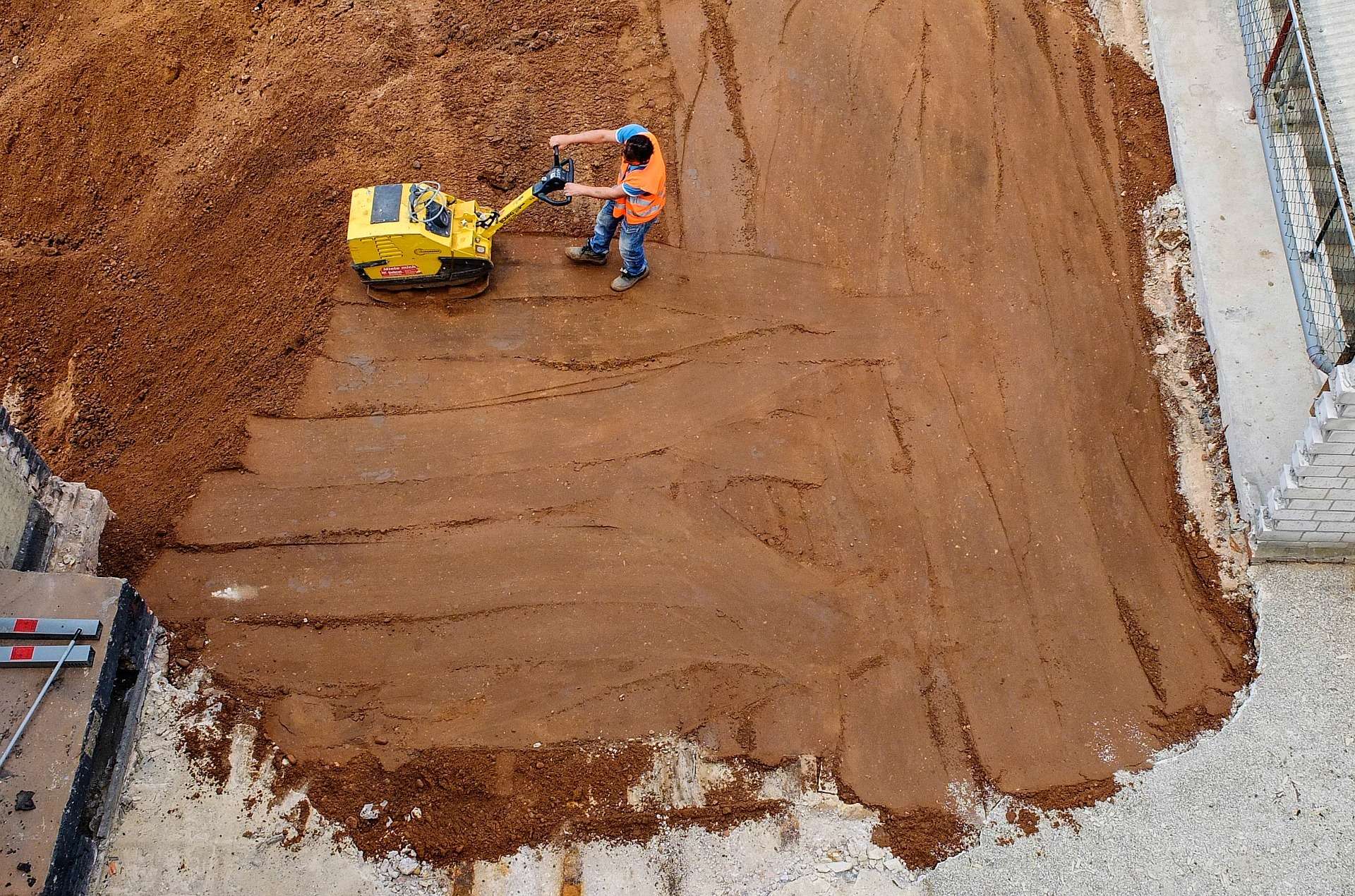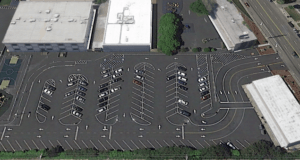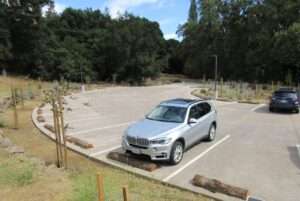It’s the “civil” that makes “civil engineering” different from other types of engineering in the construction field. Civil engineers address not only the laws of nature (such as physics), but also the nature of the community.
Certainly, civil engineers need to hold physical properties paramount in any new design and construction. Water flows downhill. Buildings need to be level. Cars must have enough space to maneuver on roads and in parking lots.
But it is the desires of the people and policymakers—the “civil” part—that make our work unique. Consider guidelines that civil engineers might face when designing a parking lot. Hide it from view of the street. Keep it within three feet of the original ground elevation. Surround it with the proper percentage of landscaping. Specify pavement that absorbs water to reduce polluting of storm drains.
In short, “civil” requirements make civil engineering jobs even more challenging and interesting.




